NoVirusThanks Is A Virus Total Alternative
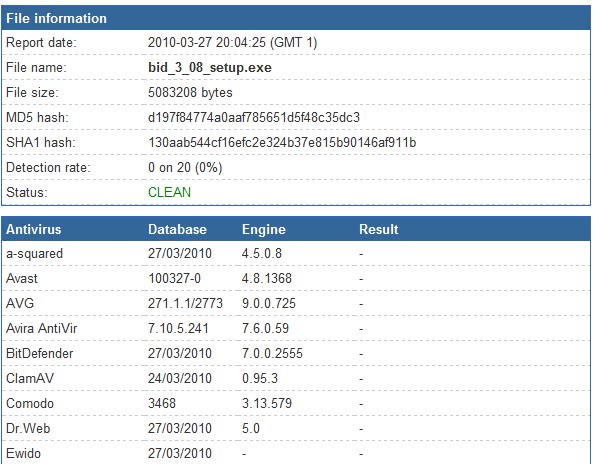
NoVirusThanks is a free service similar to VirusTotal that allows you to upload files to the service to have them scanned against multiple antivirus engines.
Virus Total is one of the most useful security services on the Internet both for end users but also companies. It allows you to scan files against dozens of antivirus engines to get a better picture on whether it is trustworthy or not.
It can be used directly by visiting the service's website, or by installing the Virus Total Uploader program for Windows to use it from a local Windows machine.
No Virus Thanks is a similar service that supports 20 different antivirus engines at the time of writing (Virus Total supports 42).
The most important engines on the other hand are supported; this includes engines from Kaspersky, F-Prot, Trend Micro, Dr. Web, Panda or AVG.Limitations are very similar as you may upload files of a size of up to 20 Megabyte.
NoVirusThanks
The NoVirusThanks Uploader can be installed to upload files directly from the Windows operating system to the online service.
The tool limits the size of the files that can be uploaded to 5 Megabytes.That's a serious limitation, considering that many files nowadays are larger than that. It is unclear why the artificial limit was set by the developers. This means that you will have to upload larger files manually to the service to have them scanned.
Since NoVirusThanks has a 20 Megabyte limit, any file larger can not be scanned by the service.
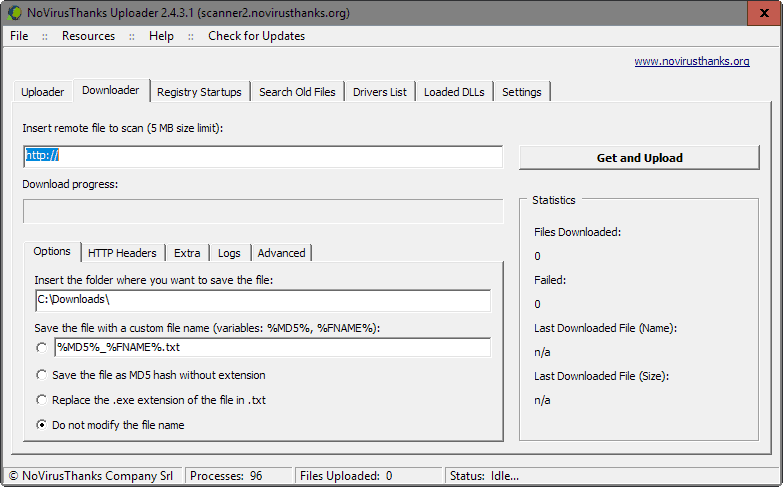
The program displays information and options in various tabs in its interface. The uploader tab for instance lists all running processes, and an option to upload any local file using a file browser.
You may also upload any process to the service by right-clicking on it and selecting the upload option.
The other tabs provide you with options to get the service to scan remote files by pasting in an URL, check out Registry start up items, drivers, loaded dll files, or run a search for old files.
The functionality exceeds that of the Virustotal Uploader, and that is true for the program's settings as well. You may switch to a different scan server there for instance, check server availability, or integrate the program in Windows' Send To menu.
No Virus Thanks is a viable alternative to Virus Total that comes in handy if the Virus Total service is busy or unreachable.
Update: The latest version of the No Virus Thanks supports only 14 different antivirus engines instead of the 20 that used to be supported before. The desktop app still has a 5 Megabyte upload limitation which should work for the majority of files you encounter but not for all.
I prefer the Virus Total Uploader because of this limitation, as it allows me to upload files up to a size of 32 Megabytes to the service.
All three available servers used for scans were offline at the time of writing the update. This meant that it was not possible to use it to upload files at all. It is unclear right now whether that is a temporary issue or permanent. We suggest you use Virustotal for the time being.



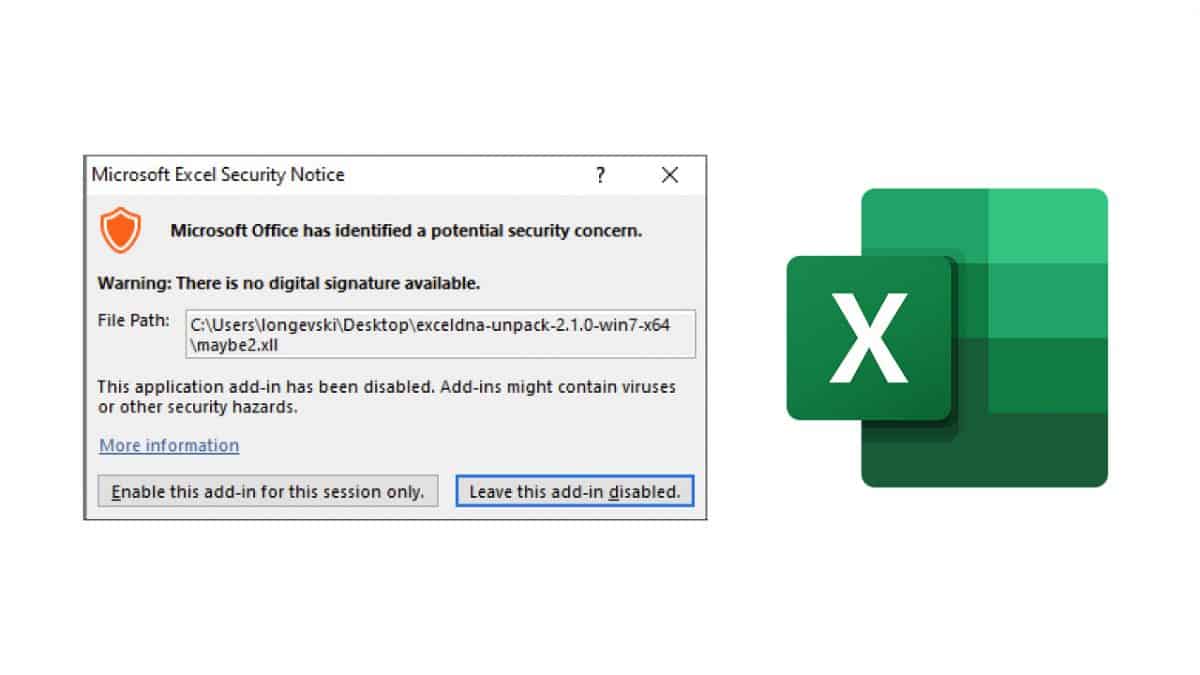
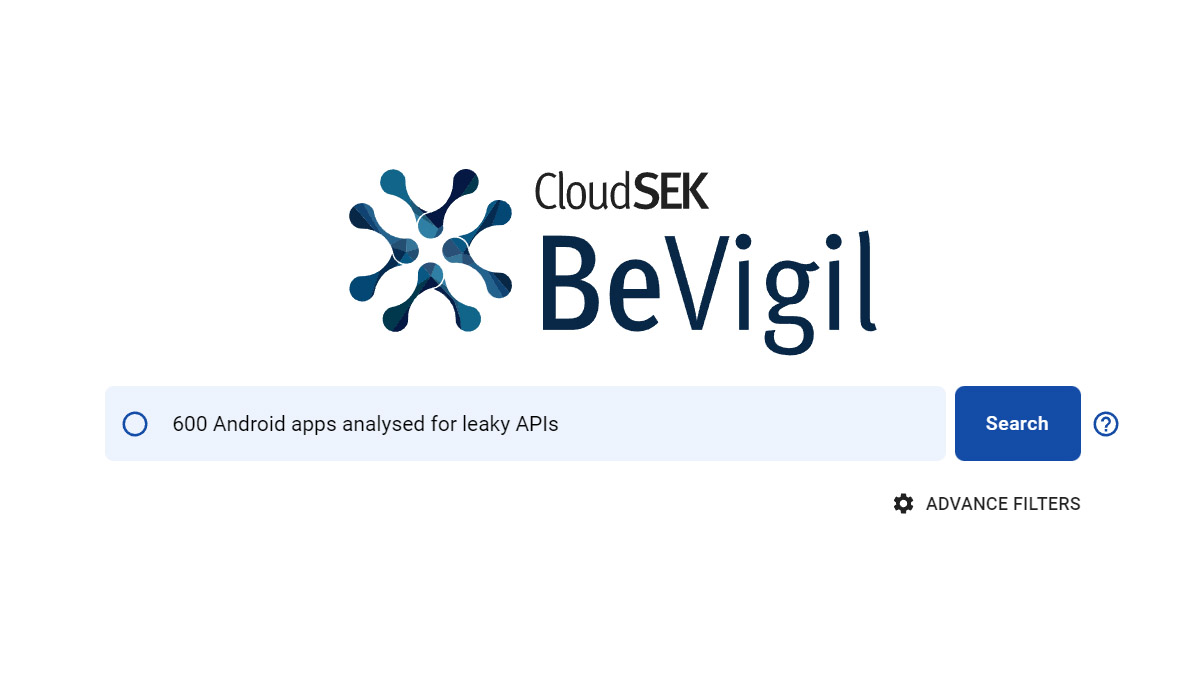
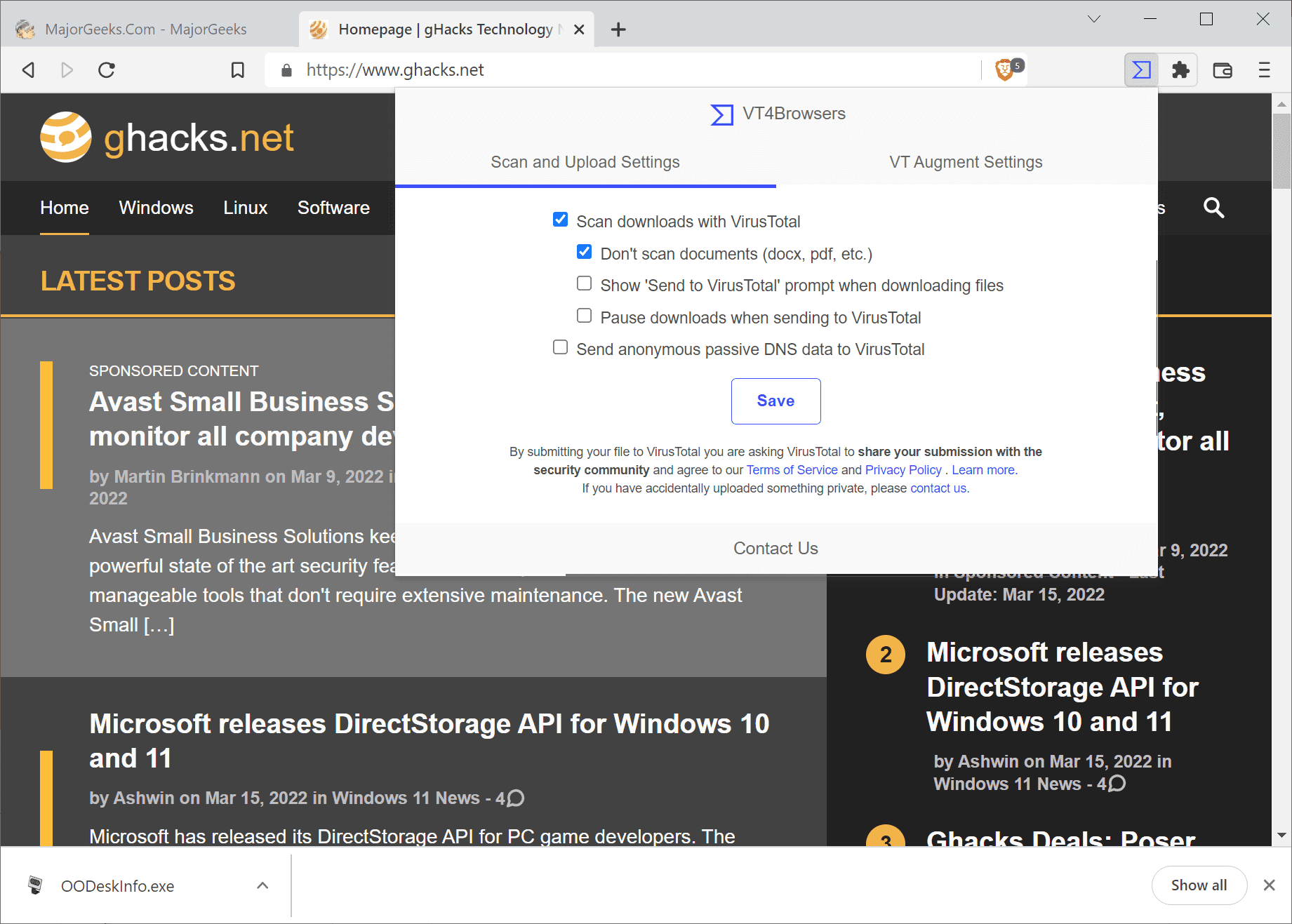
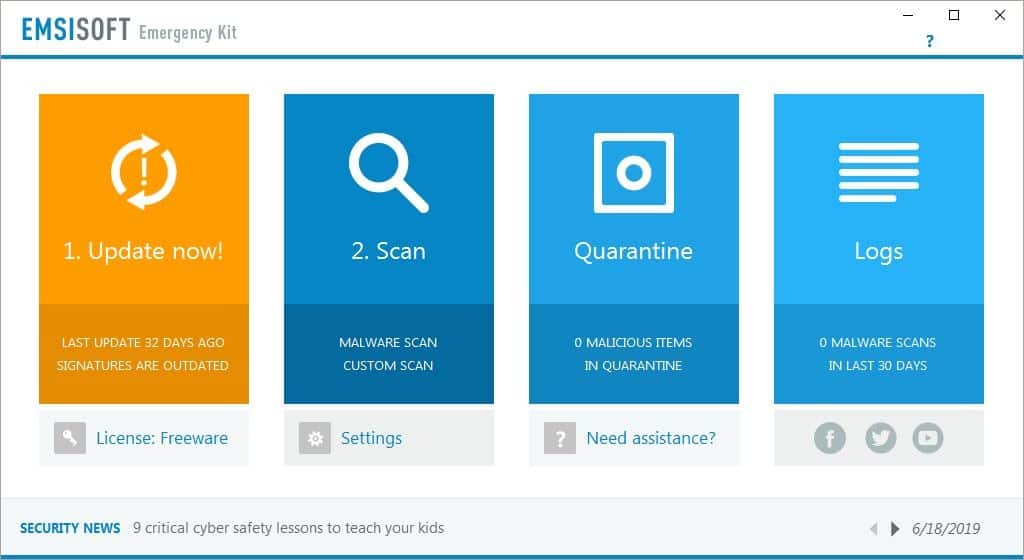
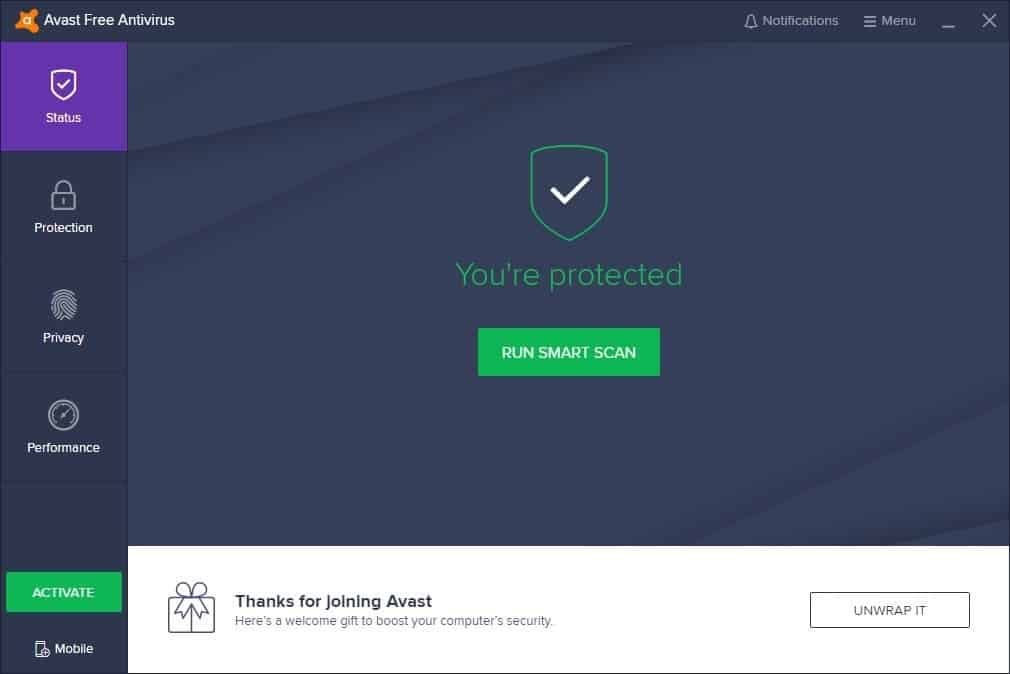
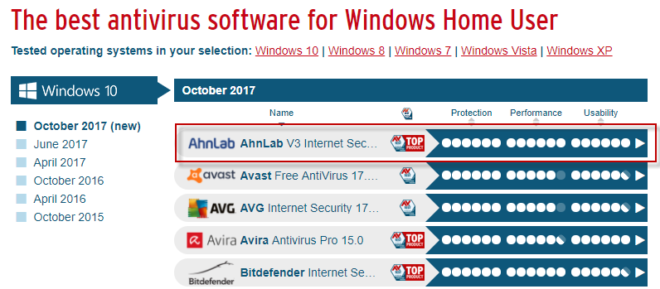


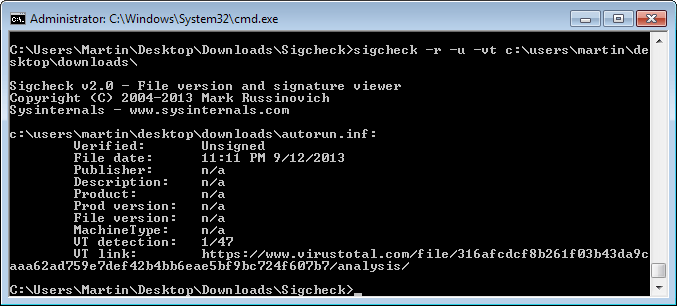
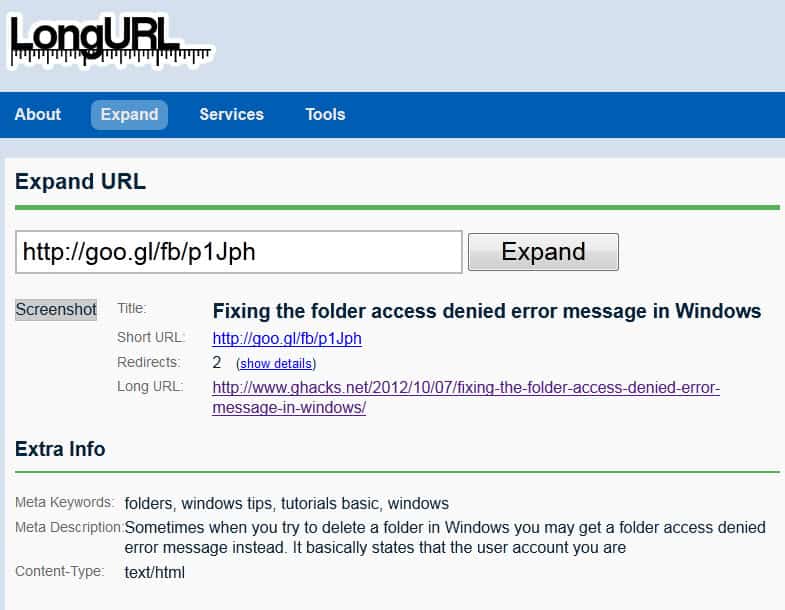










New site is @ http://vscan.novirusthanks.org/ .